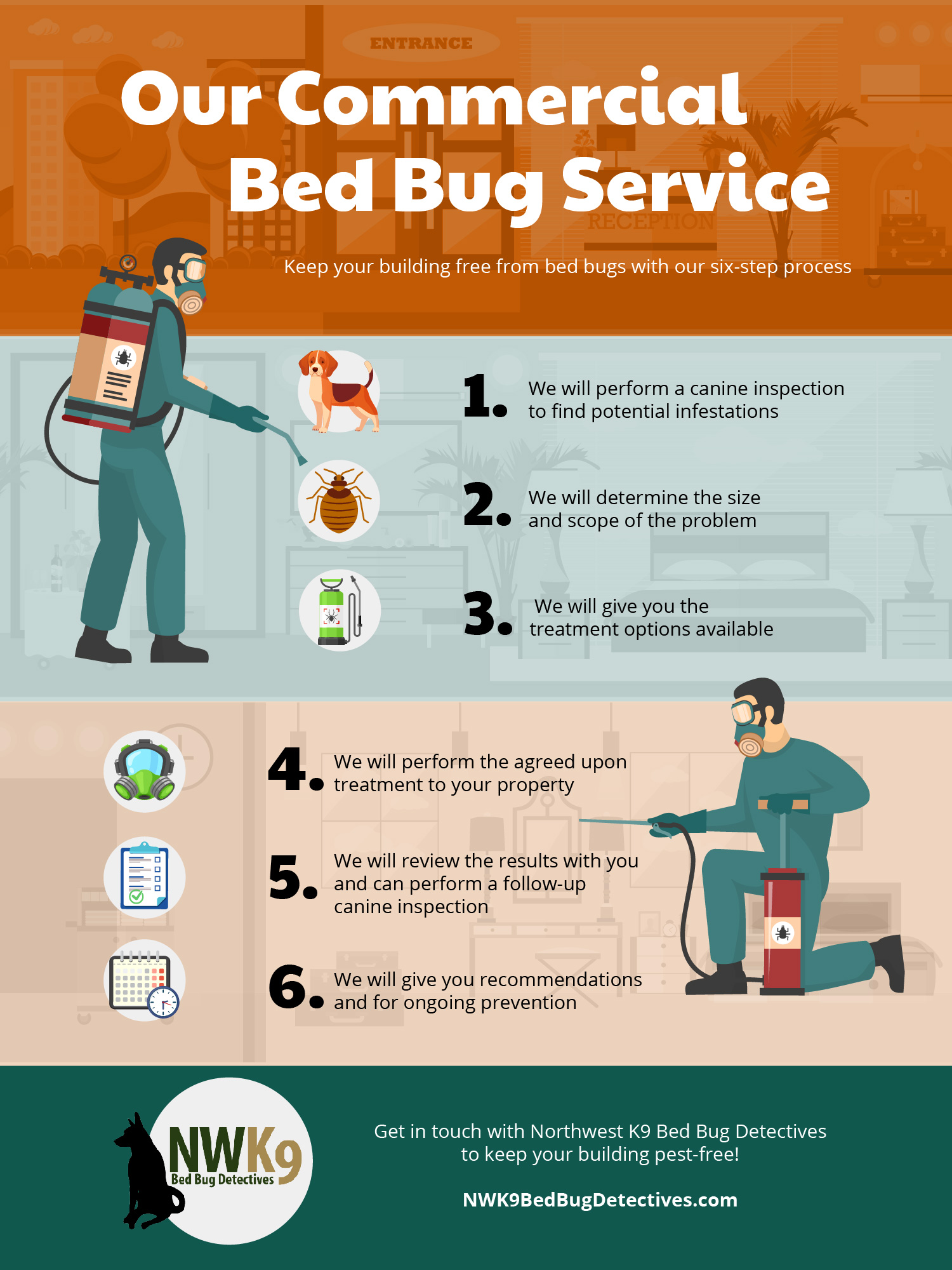The 8-Second Trick For Bed Bug Services
Table of ContentsOur Bed Bug Services DiariesExcitement About Bed Bug ServicesNot known Facts About Bed Bug ServicesBed Bug Services for Beginners
A thorough bed bug inspection by experts is far more detailed than a casual glance and relies on expertise. Bed bugs are tiny, quick, and skilled at concealing themselves that hide in narrow spaces, corners, and upholstery. Because of their hidden habits, meticulous assessment is critical to determine the presence and extent of an infestation. Professional inspectors employ a range of techniques, tools, and expertise to identify infestations early, stopping infestations from worsening.The first step in a proper inspection involves familiarizing oneself with the biology of bed bugs. Bed bugs belong to the Hemiptera group and experience multiple nymph stages before reaching adulthood. Adults are oval, flat, reddish-brown insects that lack wings and have long legs and antennae. Their segmented proboscis allows them to pierce the skin and feed on blood, resulting in clusters of itchy bites. Knowing these traits guides professionals in locating infestations.
Early detection is essential for preventing large infestations. Professionals search for telltale signs such as dark spots of fecal matter, molted skins, and eggs (Bed Bug Services). A single female can lay hundreds of eggs, leading to rapid infestations if unchecked. Evidence of discarded skins and eggs indicates active infestation and necessitates immediate attention
Preparing for an inspection requires attention to detail. Inspectors often recommend clearing clutter from treatment areas, which facilitates examination of hard-to-reach areas. Bedding and linens may be cleaned thoroughly and sealed in plastic bags, and then kept in plastic bags to maintain cleanliness. Wall decor, mirrors, and pictures are sometimes moved to check hiding places. Vacuuming furniture and floors can remove loose pests, and vacuum bags should be discarded carefully to avoid spreading.
The 30-Second Trick For Bed Bug Services
The inspection itself is methodical and detailed. Inspectors focus on sleeping areas like beds, headboards, and mattresses, checking seams, folds, handles, and crevices. Upholstered furniture, including sofas and recliners, is scrutinized to reveal any hidden pests. Baseboards, moldings, the edges of wall-to-wall carpeting, electrical outlets, closets, and storage areas receive detailed attention, check out here as these can be key areas for infestation.
Specialized tools enhance detection accuracy. Flashlights, magnifying lenses, multi-tools, and mirrors help inspect hard-to-see areas. Monitoring devices like interceptor traps or sticky pads allow ongoing monitoring of pest activity. Some companies employ trained canines, which detect even small find here infestations, distinguishing them from non-active traces.

Meticulous documentation is a key component. Inspectors record the locations of evidence, severity of infestation, and treatment recommendations. This provides a reference for follow-ups and helps with client communication. Residents are often asked to avoid disturbing potential infestation signs, as this ensures accurate results.
After inspection, a monitoring plan may be put in place to confirm the presence of bed bugs and track activity. Continuous monitoring assesses the effectiveness of treatment, and interviews with household members supplements physical inspection. Cooperation from residents supports the inspection process.
4 Simple Techniques For Bed Bug Services

Professional inspections are more reliable than self-inspections. Trained inspectors spot subtle signs overlooked by untrained eyes, avoid unnecessary treatments, and provide certainty.
Bed bug inspections are particularly important in high-risk environments. Inspectors check neighboring rooms and shared spaces to identify potential spread (Bed helpful site Bug Services). This prevents escalation and reduces treatment costs
In summary, a professional bed bug inspection involves understanding bed bug biology, preparing the space, conducting systematic inspections, using specialized tools, documenting findings, and implementing monitoring protocols. Each step ensures reliable identification and management.
6 Easy Facts About Bed Bug Services Described
